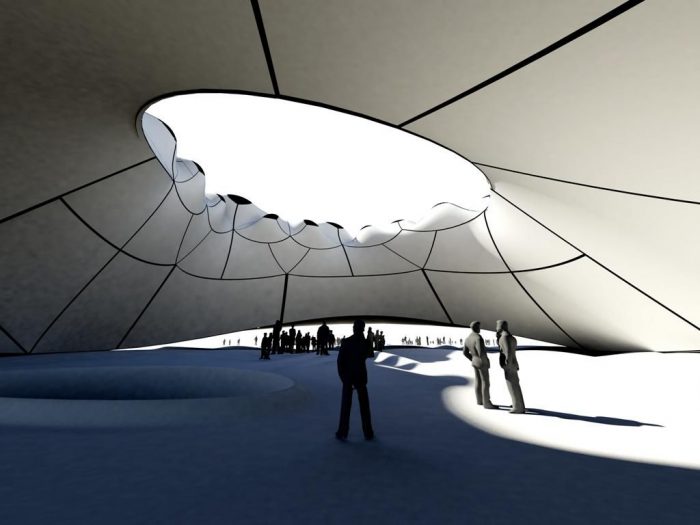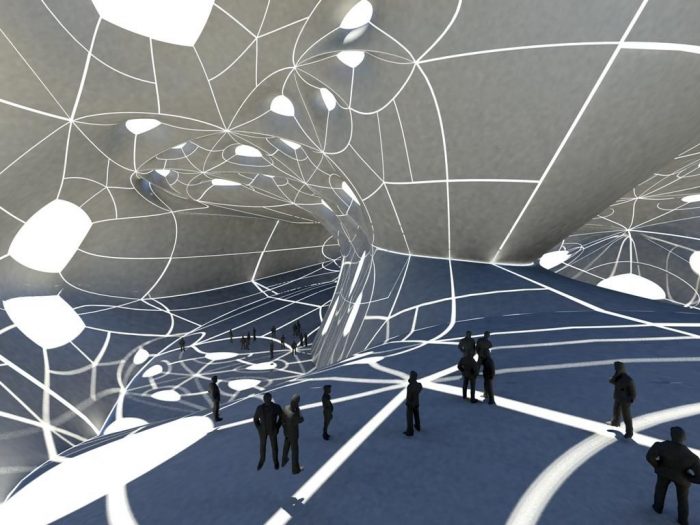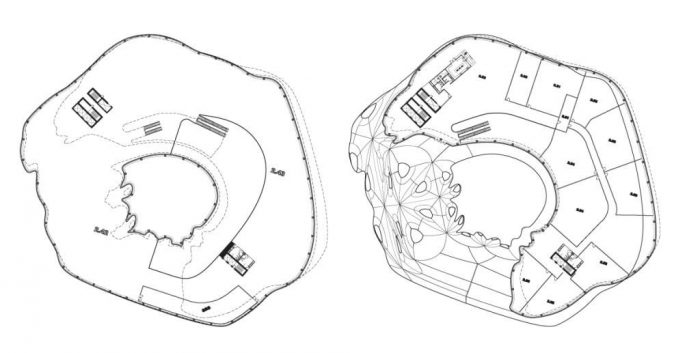My limited knowledge of polish history does little to help me explain this unique structure. Although I don’t quite understand the relationship Paul Preissner was trying to accomplish with his 2009 proposal for the Museum of Polish History and the development of the country, that doesn’t mean it isn’t there. Maybe if I picked up a few more history books I’d have a better understanding how the architecture connects with the Polish culture, but in any case, this is an architecture review, not a history lesson, so I’ll describe what I do know about the building.
 The Museum of Polish History was designed to become a new center for the discovery and learning of history. Beyond that, the museum hopes to promote radical cultural and commercial development. The park site developed a more functional urban transit containing automobile, bus, truck, bicycle, and pedestrian pathways by separating the infrastructural travel from the human scale methods of movement that are slower and more personal. This system allows new commercial, retail, residential and cultural facilities of the building to be easily assessable and serviced while encouraging human means of circulation around the museum as well.
The Museum of Polish History was designed to become a new center for the discovery and learning of history. Beyond that, the museum hopes to promote radical cultural and commercial development. The park site developed a more functional urban transit containing automobile, bus, truck, bicycle, and pedestrian pathways by separating the infrastructural travel from the human scale methods of movement that are slower and more personal. This system allows new commercial, retail, residential and cultural facilities of the building to be easily assessable and serviced while encouraging human means of circulation around the museum as well.
The artificial landscape ranges from complete replacement of the existing conditions of the site to preservation, making the area both a park and narrator of history. The building itself was designed with the ideas of fluidity, velocity, and lightness in mind and taking these conceptual terms to create what Paul Preissner calls a “progressive artifact within the historic context of the city.” Under the inspiration of lightness, the building appears to float above the surrounding landscape, where the exposed massive undercuts only add to the defiance of gravity.
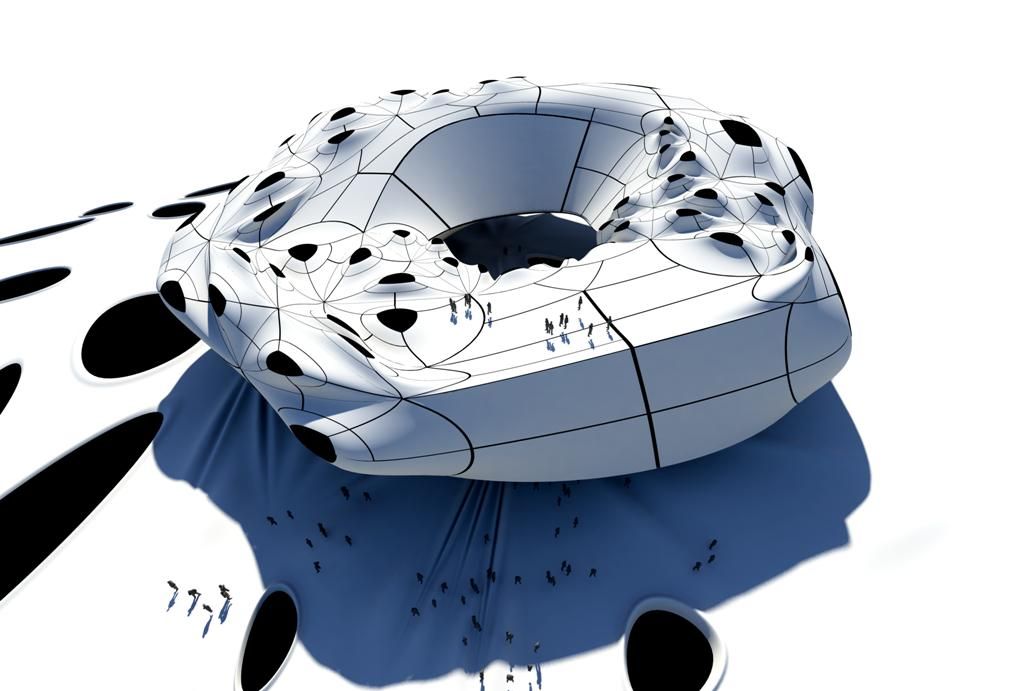
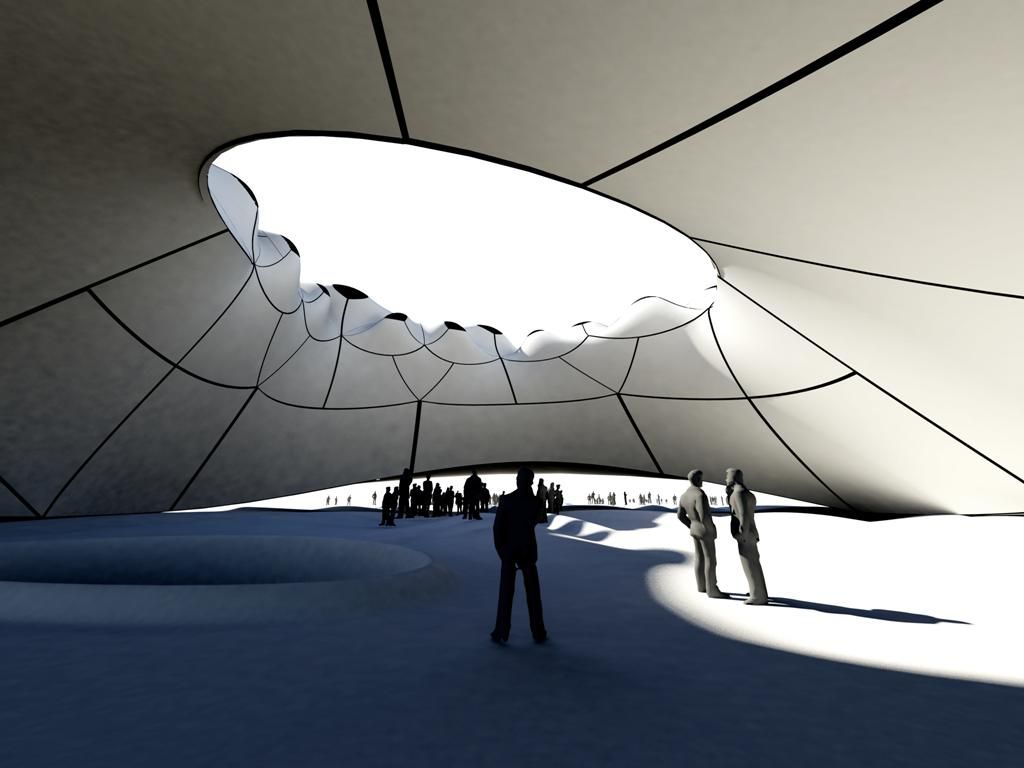
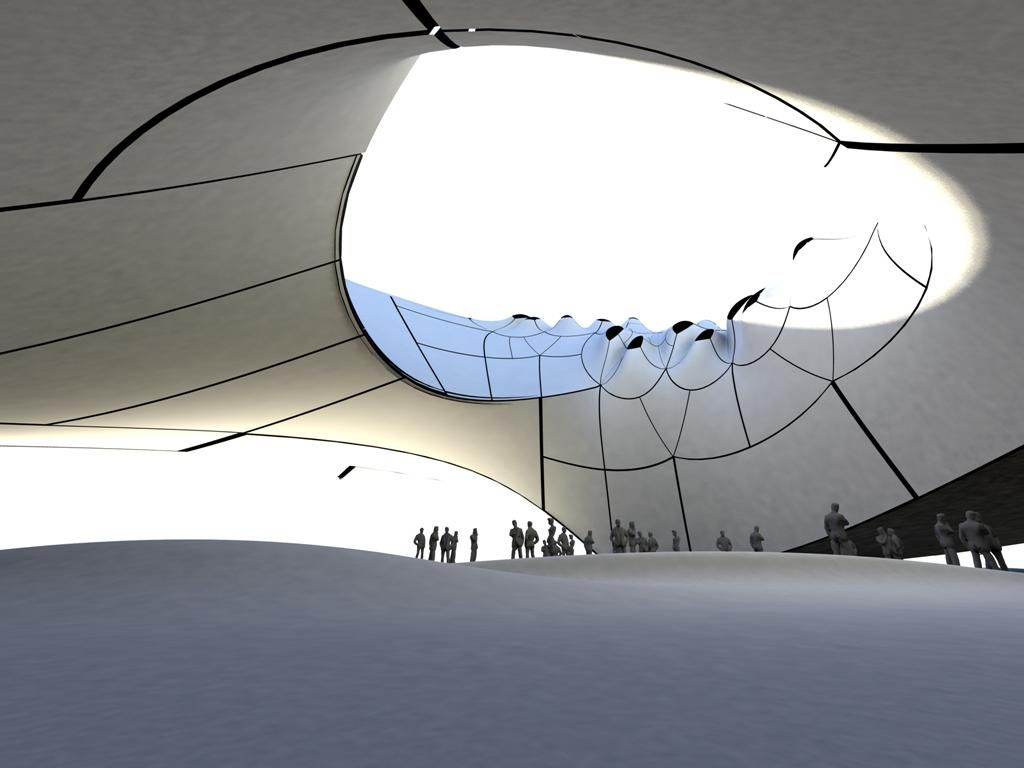
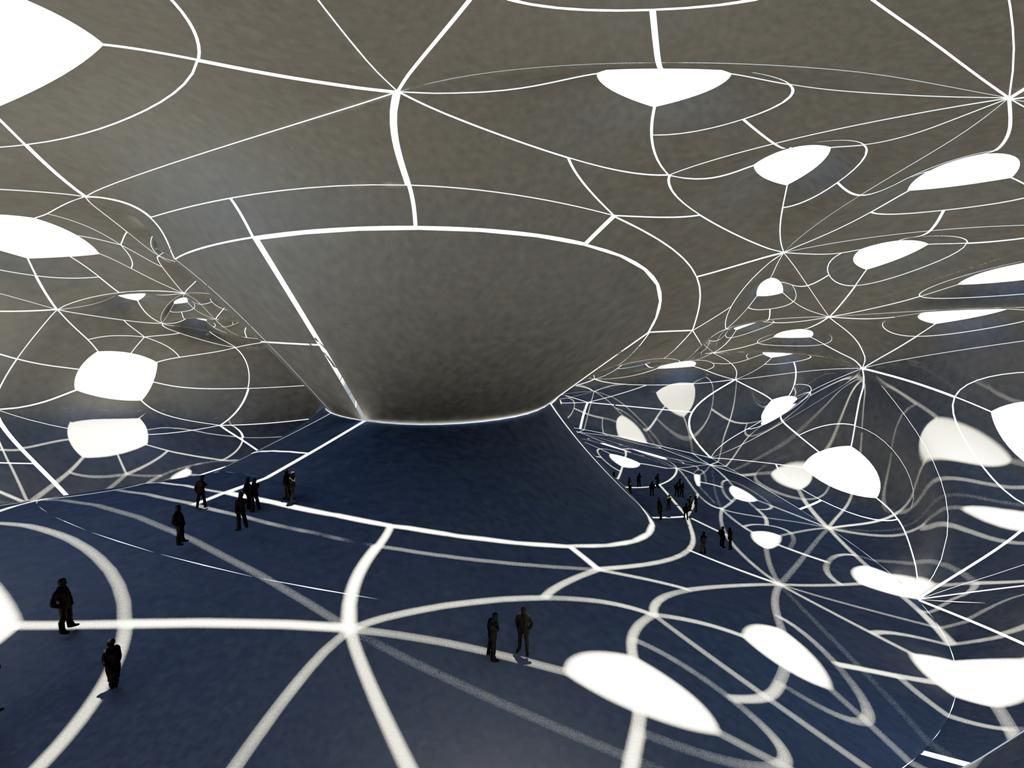
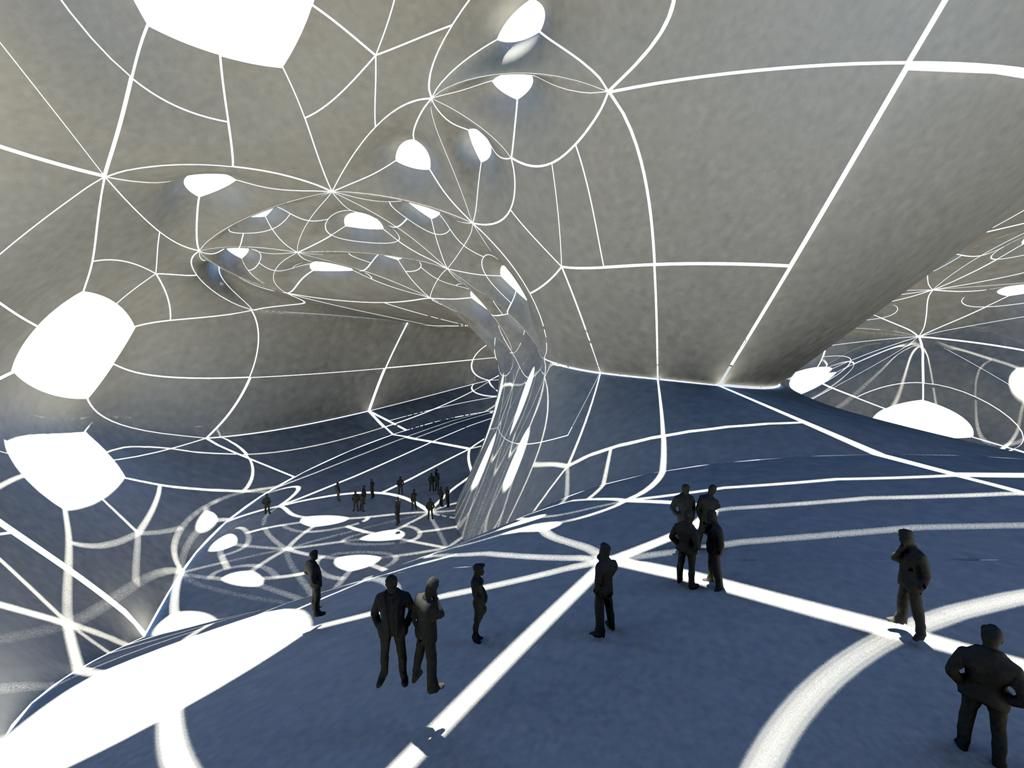
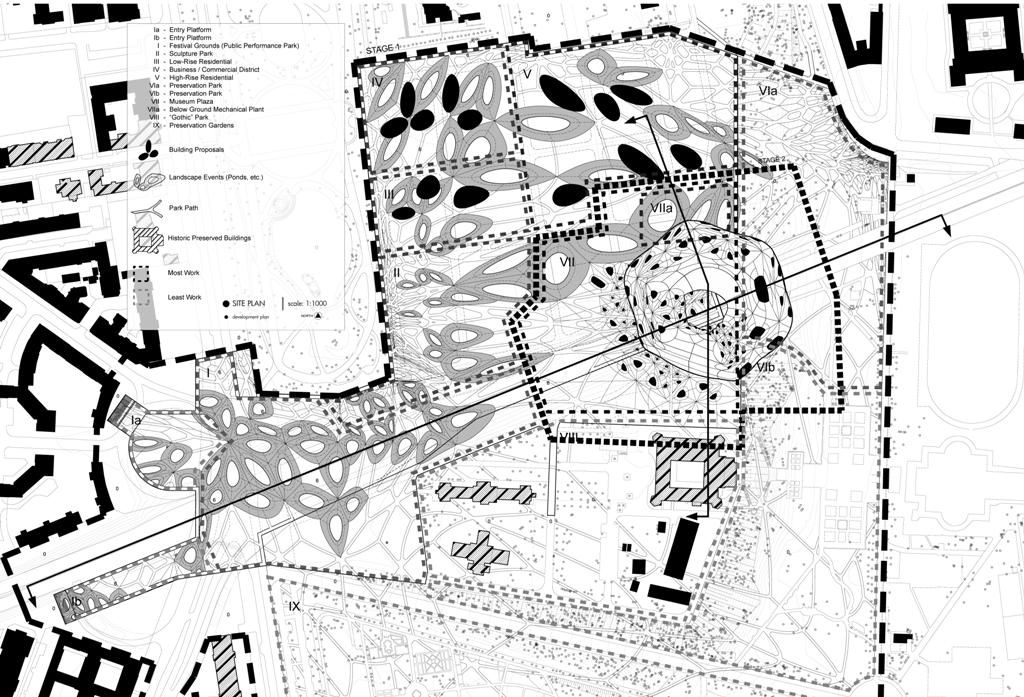
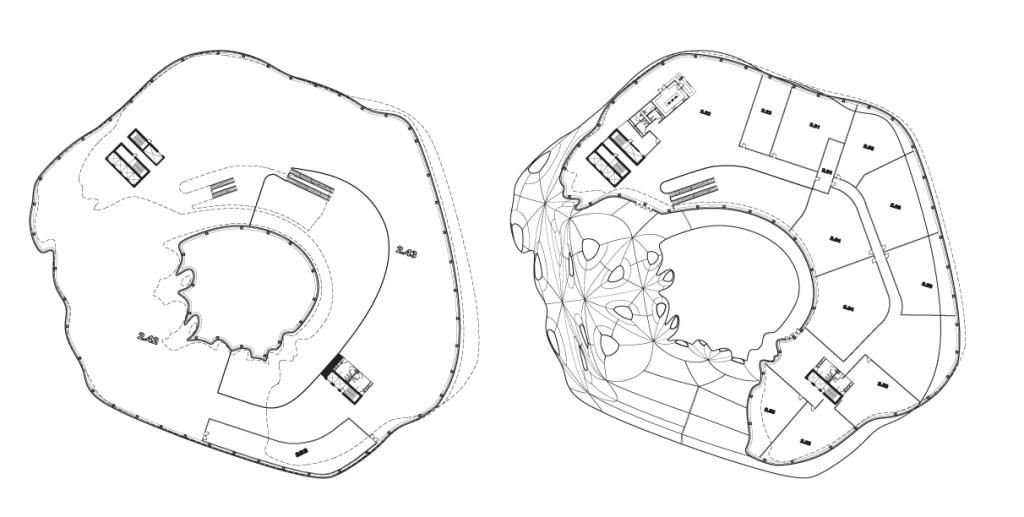
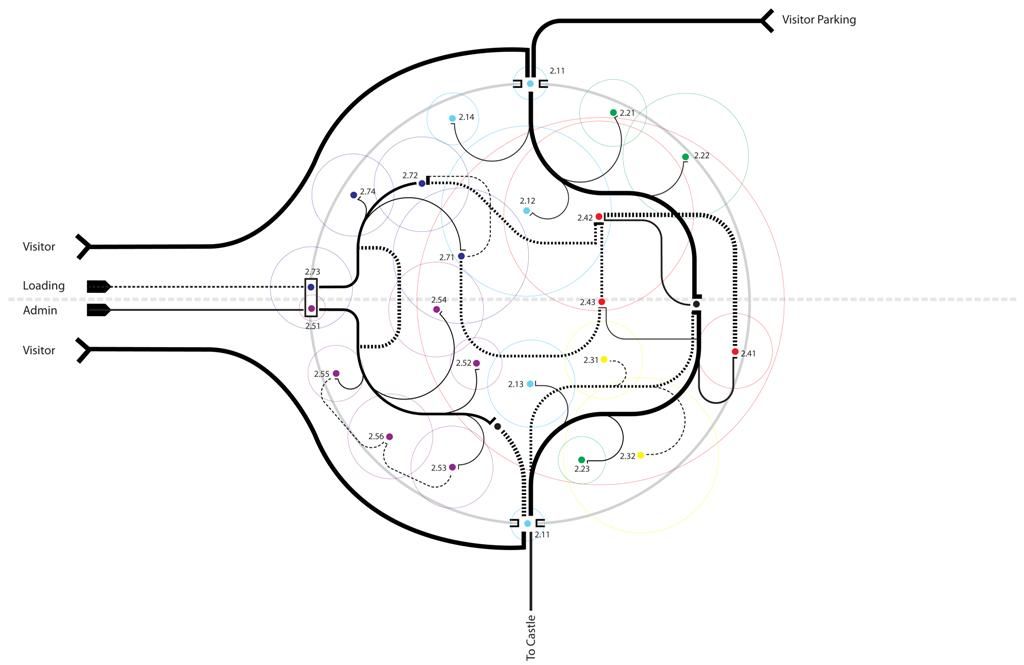
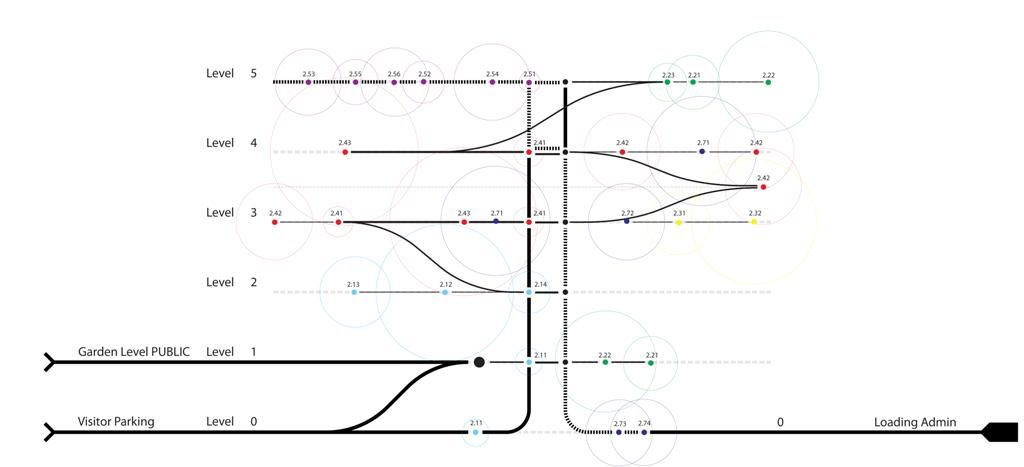
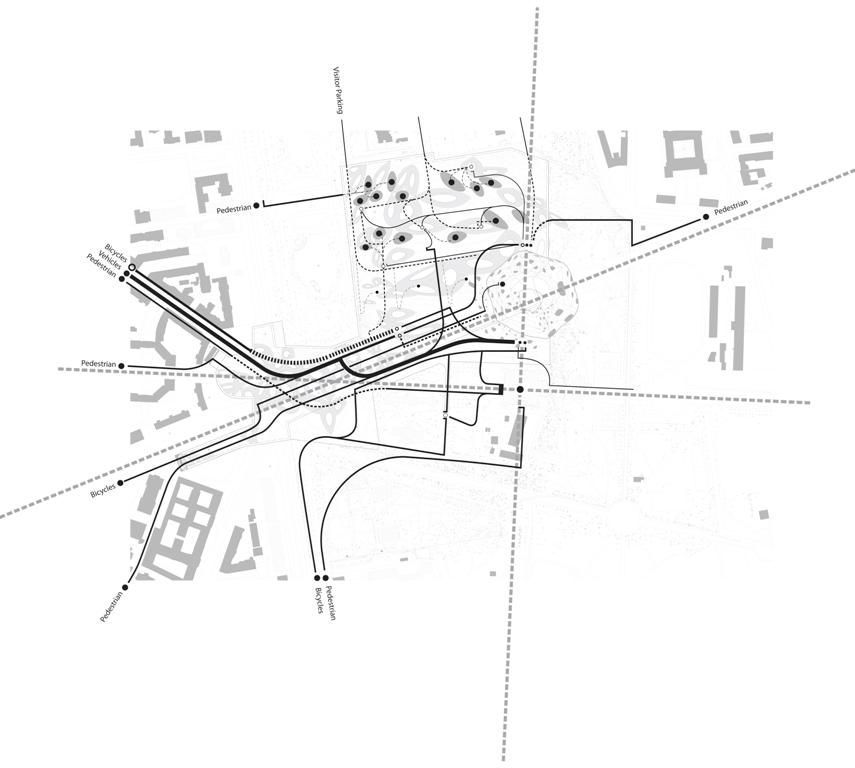

© Paul Preissner Architects


